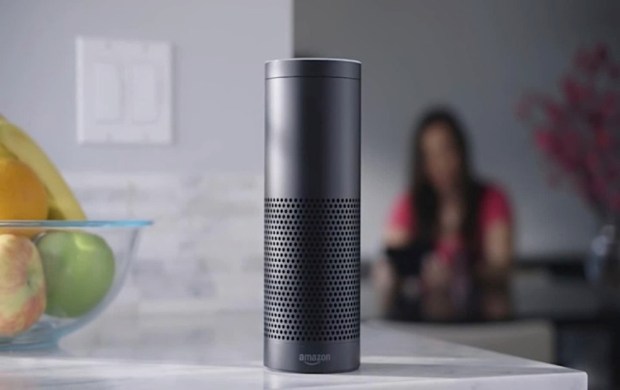Furlexa Lights The Way For Smart Speaker Differentiation

This month in 1998, parents across the U.S. were fighting in toy stores over Furbies to give to their children as holiday gifts. It was the most popular holiday gift of the year, commanding ridiculous resale retail prices on eBay as the supply of the toy failed miserably to keep up with demand.
As anyone of the right age to have received one or gifted one to a child knows, it was also one of the most disappointing holiday gifts of all time. The novelty and enjoyment quickly wore off to be replaced with irritated resignation. Chances are that the process happened a little faster for the parents than the children — but eventually, everyone got there.
In theory, the babbling critters could learn new words by listening to human speakers around them. The body and microphone were synchronized so that Furby’s beak would move in time to its nonsense jabbering. At random intervals, Furby would wake up to issue a gremlin-like giggle before falling back into lurking silence (so lurking, in fact, that the NSA believed the toys were spying on people).
Admittedly, not bad for 20 years ago. The toys also had infrared sensors that they could use to “communicate” with each other, and which told the toy to “sleep” when the room was dark.
Now, nearly two decades later, one programmer has dialed back Furby’s annoying factor — though inversely, the creepy factor may be up, depending on who you ask. Creepy or not, however, one thing is certain: The toy now speaks perfect English and even takes orders, making it 1,000 times more useful than Furby 1.0.
Programmer Zach from the YouTube channel and blog Howchoo replaced Furby’s tiny gibberish-speaking brain with a much smarter one: He built an Amazon Echo into a Furby using Amazon’s open-source Alexa Voice Service software and a tiny computer called a Raspberry Pi Zero W.
He also added a better speaker and microphone, and a few other small electronic components, to create this Furby-Alexa hybrid, which he has named, “Furlexa.”
The result is more nightmarish than cute (but then, so was the original Furby): a bug-eyed, bobbing little creature with a calming female voice, whose animated beak moves as it speaks but does not sync up with Alexa’s words.
It can, however, turn on the lights, play music, set a timer, check the weather and do anything else a proper Amazon Alexa-enabled device can do. It just looks terrifying while doing it.
As unsettling as this Furby-Alexa form factor might be, it does raise the interesting point of how the “Furlexa” voice assistant could affect the audience for smart home speakers.
Millions of Americans have welcomed Alexa and other voice-activated assistants into their living rooms, kitchens and the rest of their homes. But these buyers and users are adults, with children who use the smart home speakers incidentally. What if those kids could have their own smart speaker, just for their bedroom? They are growing up in a digital world anyway; asking their bedroom to turn off the lights at bedtime would not seem unnatural to them.
Obviously, some child-safe modifications would be needed. Maybe the speaker links up to the family’s Amazon Echo so that the child can independently access mom-and-dad-approved content. Surely it would need parental controls and restrictions. But potentially, this retail product could unlock a whole new sector for smart speaker sales, and could be a major differentiator for the company that gets it right.